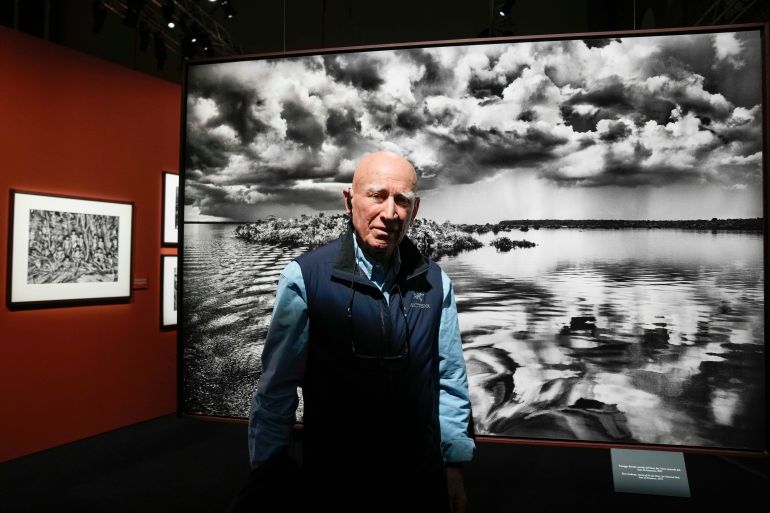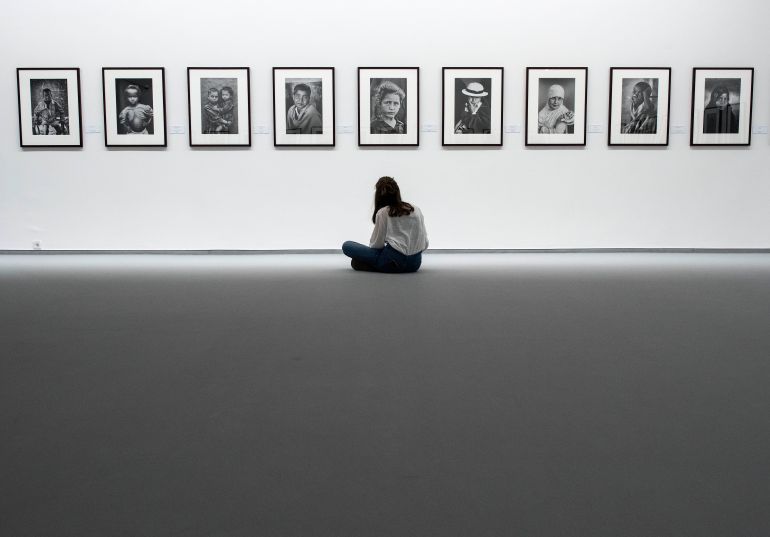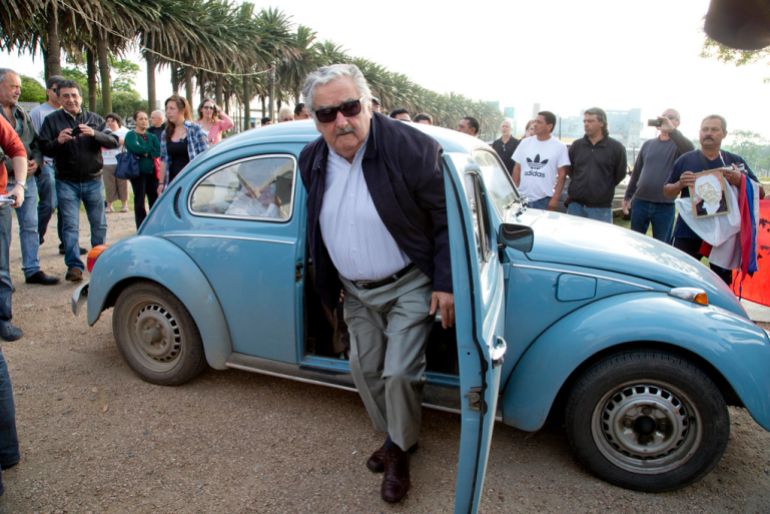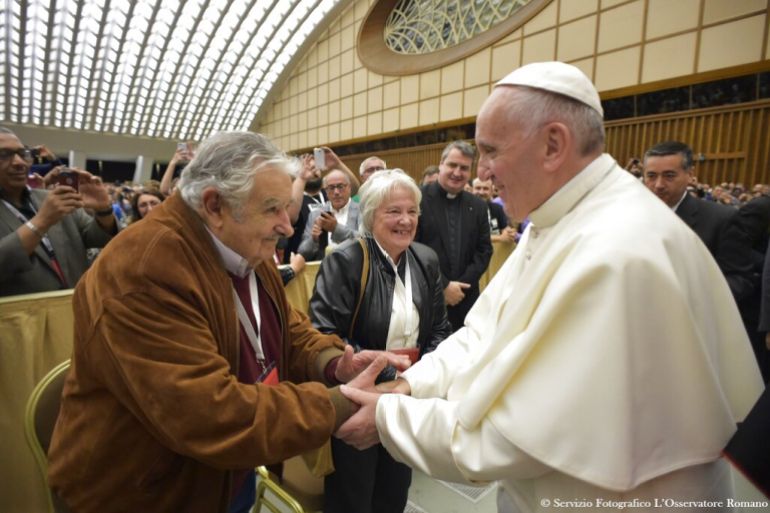‘The shining star of our family’: R&B singer D’Angelo passes away at age 51 | Obituaries News
Grammy-winning R&B singer D’Angelo has passed away at age 51 following a “prolonged and courageous battle with cancer”, according to a statement from his family.
On Tuesday, his loved ones released a statement announcing his death. “The shining star of our family has dimmed his light for us in this life,” it read.
Recommended Stories
list of 3 itemsend of list
“We are saddened that he can only leave dear memories with his family, but we are eternally grateful for the legacy of extraordinarily moving music he leaves behind.”
D’Angelo, whose real name was Michael Eugene Archer, was best known for his silky vocals during the 1990s and 2000s, with his record Voodoo earning him the 2001 Grammy for Best R&B album.
His hit single from that album, Untitled (How Does It Feel), not only won him another Grammy for Best Male R&B Vocal Performance, but it also catapulted him into the mainstream spotlight with its steamy music video, featuring a shirtless D’Angelo singing directly to the camera.
The music publication Rolling Stone has ranked Voodoo as one of its best albums of all time.
News of his passing prompted an outpouring of remembrances from fans, including fellow musicians.
“I never met D’Angelo but I love him, respect him, admire his gift. This loss HURTS!!” singer-songwriter Jill Scott wrote on the social media platform X, adding: “R.I.P. GENIUS.”
Another musician, rapper Doja Cat, offered condolences to D’Angelo’s loved ones. She called him “a true voice of soul and inspiration to many brilliant artists of our generation and generations to come”.

In his music, D’Angelo blended hip-hop grit, emphatic soul and gospel-rooted emotion into a sound that helped spearhead the neo-soul movement of the 1990s.
Earlier this year, the Virginia native celebrated the 30th anniversary of his debut studio album Brown Sugar, a platinum-selling offering that produced signature hits like Lady.
That 1995 album earned him multiple Grammy nominations and cemented him as one of R&B’s most original new voices.
D’Angelo’s sultry vocal style — a mix of raspy texture and church-bred fluidity — set him apart from his peers. That voice became inseparable from the striking visuals of the Untitled (How Does It Feel) music video.
Its minimalist aesthetic became a cultural touchstone, igniting conversations around artistry, sexuality and vulnerability in Black male representation.
Beyond his own catalogue, D’Angelo’s artistry shone in collaborations. He memorably duetted with Lauryn Hill on the soulful ballad Nothing Even Matters, a highlight of her landmark 1998 album, The Miseducation of Lauryn Hill.
He also contributed to The Roots’ 1996 album Illadelph Halflife and was part of the supergroup Black Men United, which yielded one song, U Will Know, for the film Jason’s Lyric in 1994. D’Angelo wrote and co-produced the single.

D’Angelo was in a four-year relationship with Grammy-nominated R&B singer Angie Stone in the 1990s.
The pair met while he was finishing the album Brown Sugar and bonded over their similar backgrounds: Both are from the South and both grew up in the church. Stone worked on the album with D’Angelo, and the pair co-wrote the song Everyday for her 1999 debut album, Black Diamond.
Stone described D’Angelo as her “musical soul mate” in an interview with The Associated Press in 1999, adding that their working relationship was “like milk and cereal”.
“Musically, it was magic,” Stone said. “It’s something that I have not been able to do with any other producer or musician.”
They had a son together, the artist Swayvo Twain, born Michael Archer Jr. Stone died earlier this year in a car crash. She was 63.
D’Angelo also has a daughter, Imani Archer.
Among the tributes to D’Angelo’s artistry on Tuesday was a social media post from Tyler, the Creator, who reminisced about combing his local music store on his ninth birthday.
“I had $20 in birthday money and my eyes set on leaving with one thing. VOODOO by D’Angelo,” Tyler, the Creator, wrote on Instagram. “I had no idea that would help shape my musical dna.”
“I couldn’t understand how someone could write something so simple but personal but broad but genius,” he continued. “Thats how special he was.”
The actor and musician Jamie Foxx, meanwhile, offered his memories of seeing D’Angelo perform live at the concert venue House of Blues.
“Your voice was silky and flawless,” Foxx wrote on Instagram, addressing the late D’Angelo directly. “I was also in pure awe of your talents…. roaming around on each instrument, displaying your expertise in every note and every song.”
Foxx added that D’Angelo would be missed forever. “That’s why today real tears run down my face.”
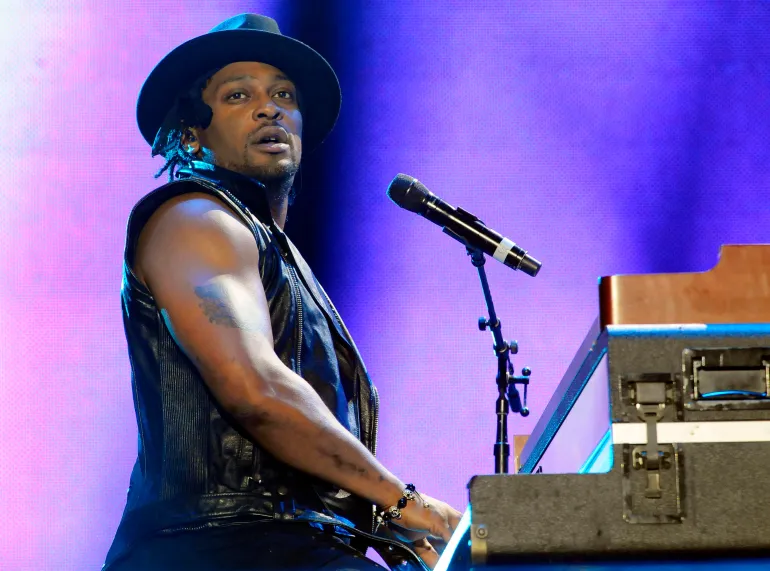
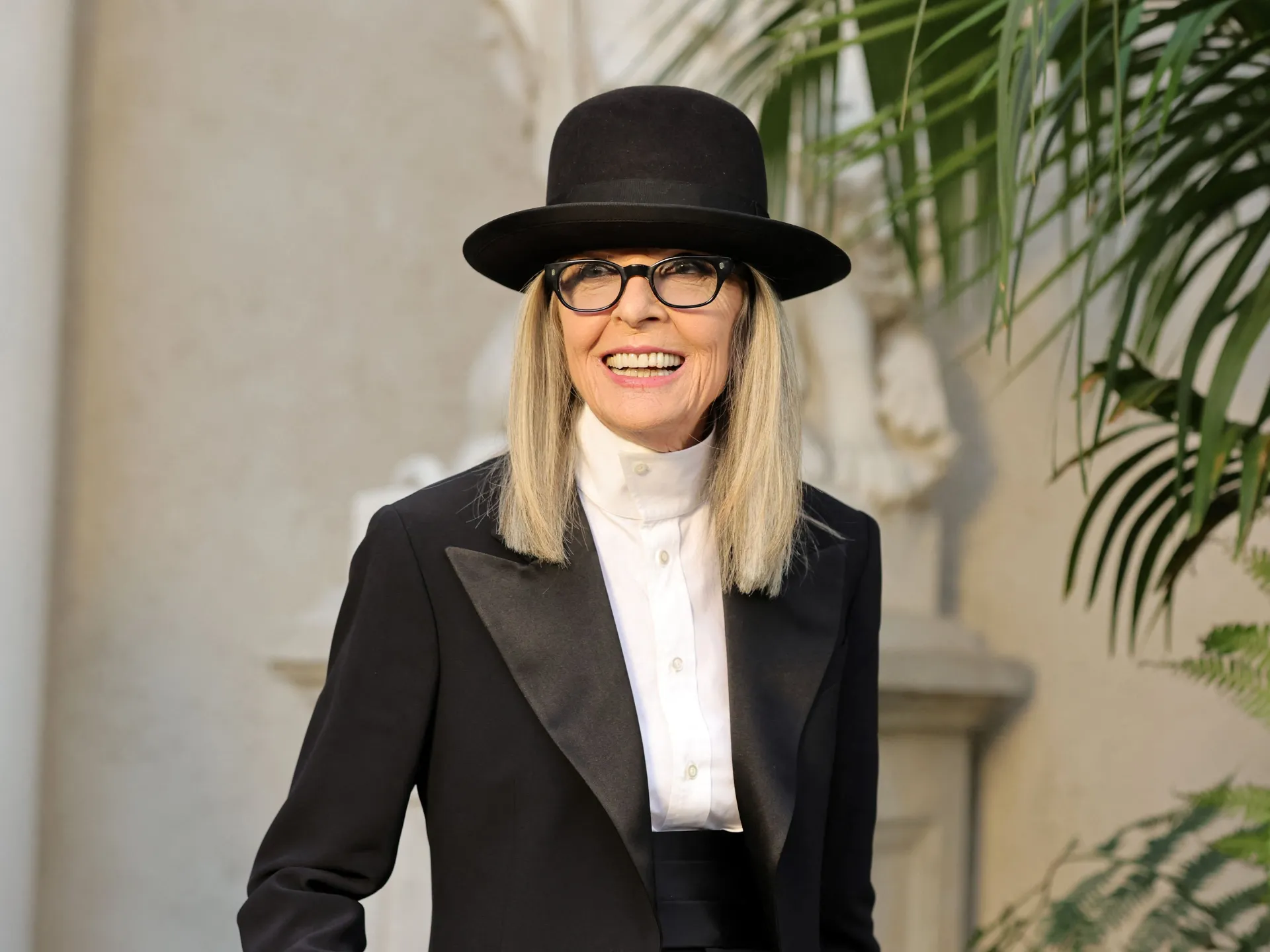

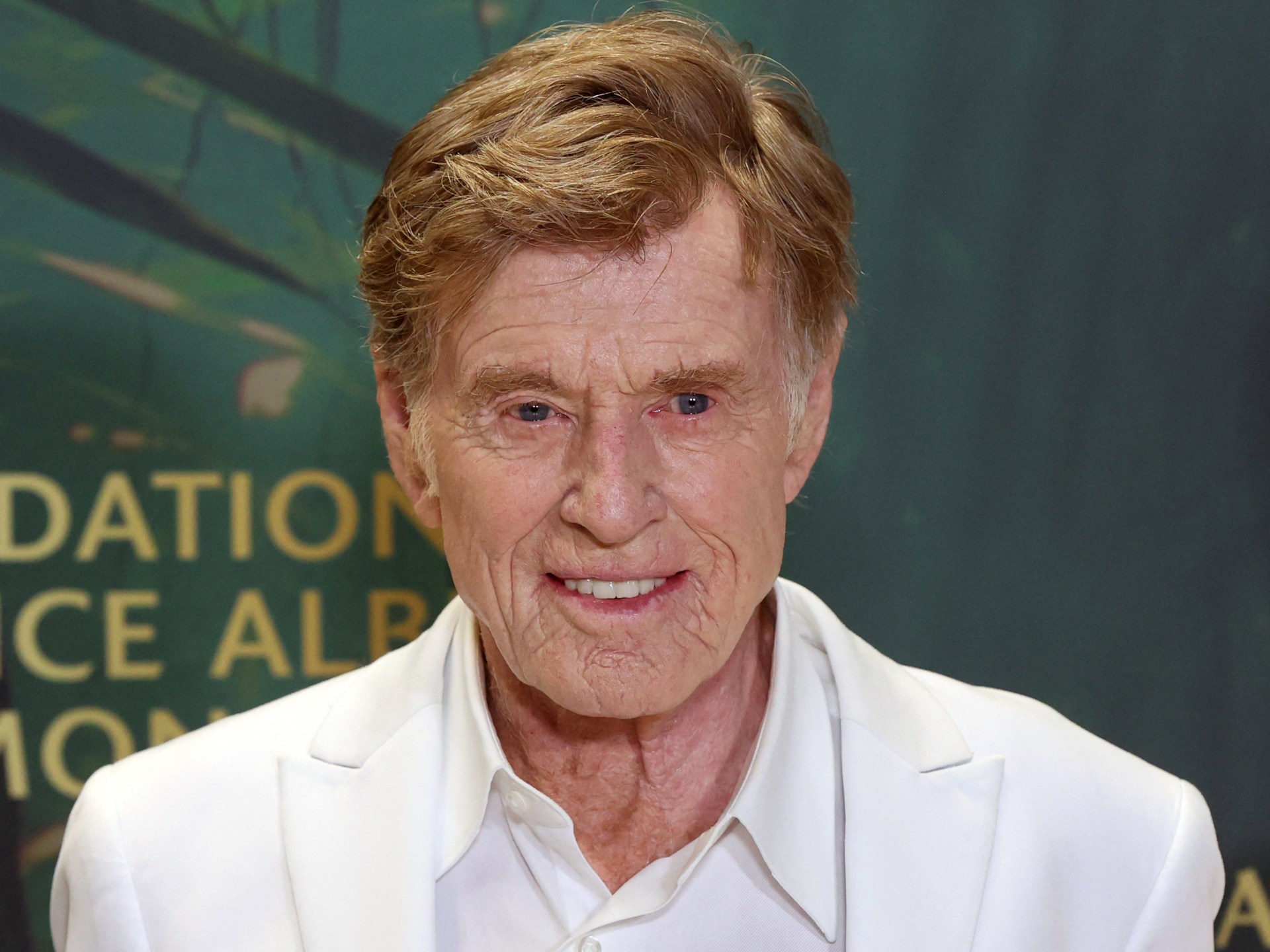
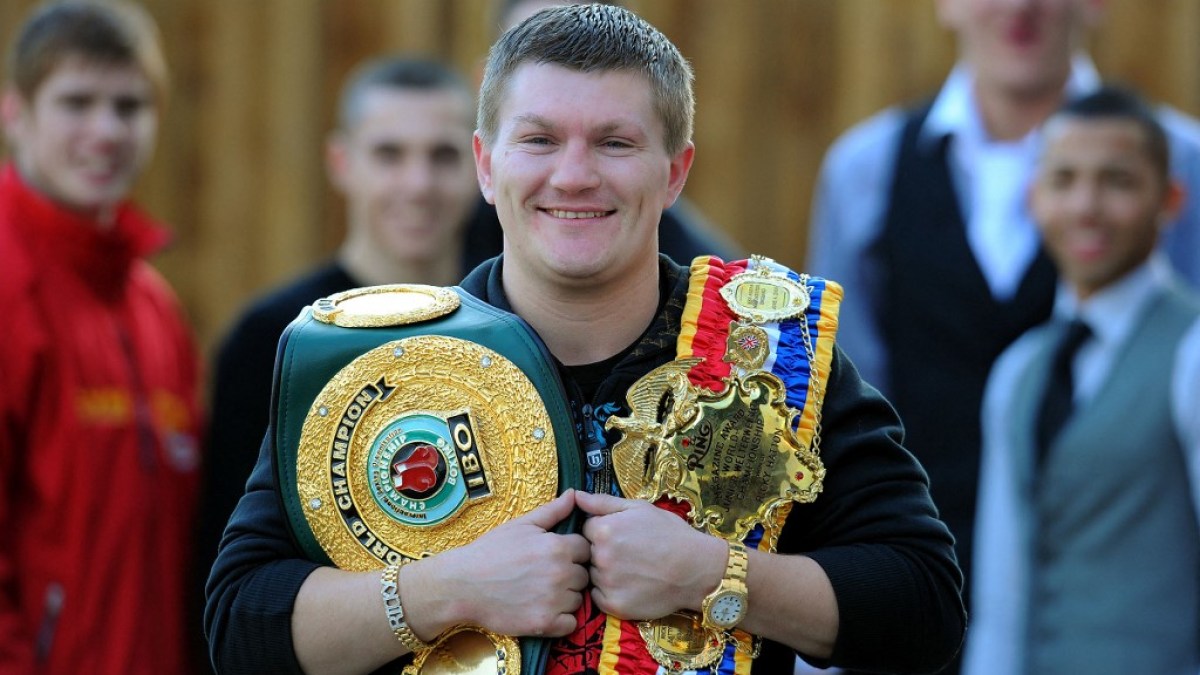



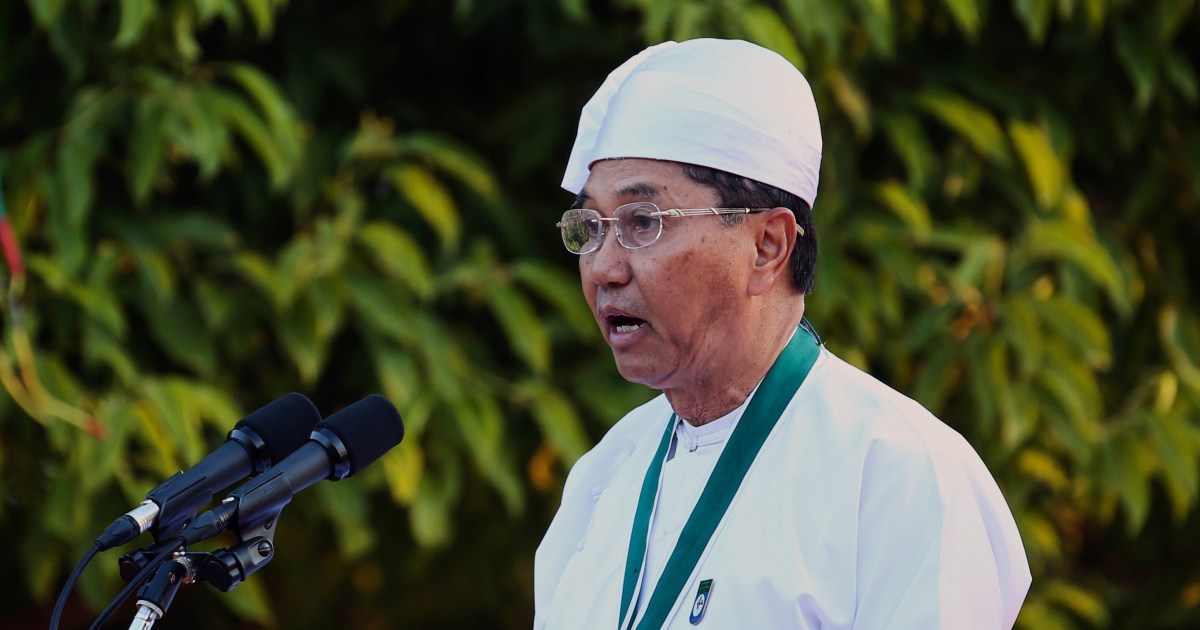
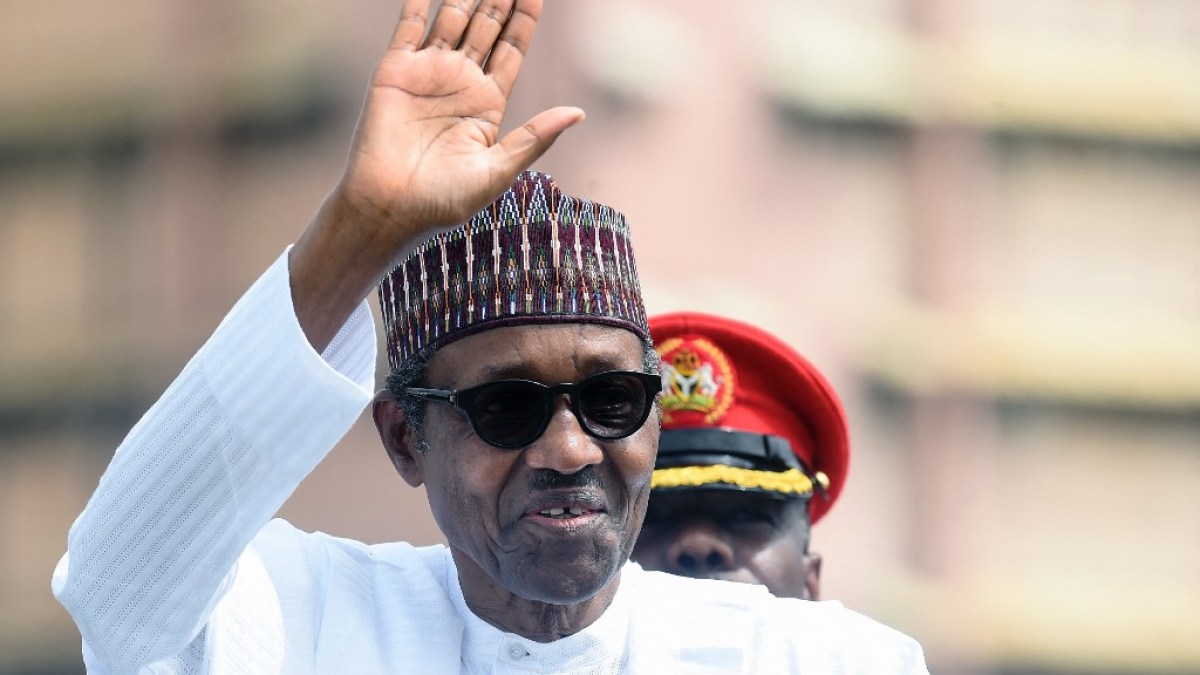
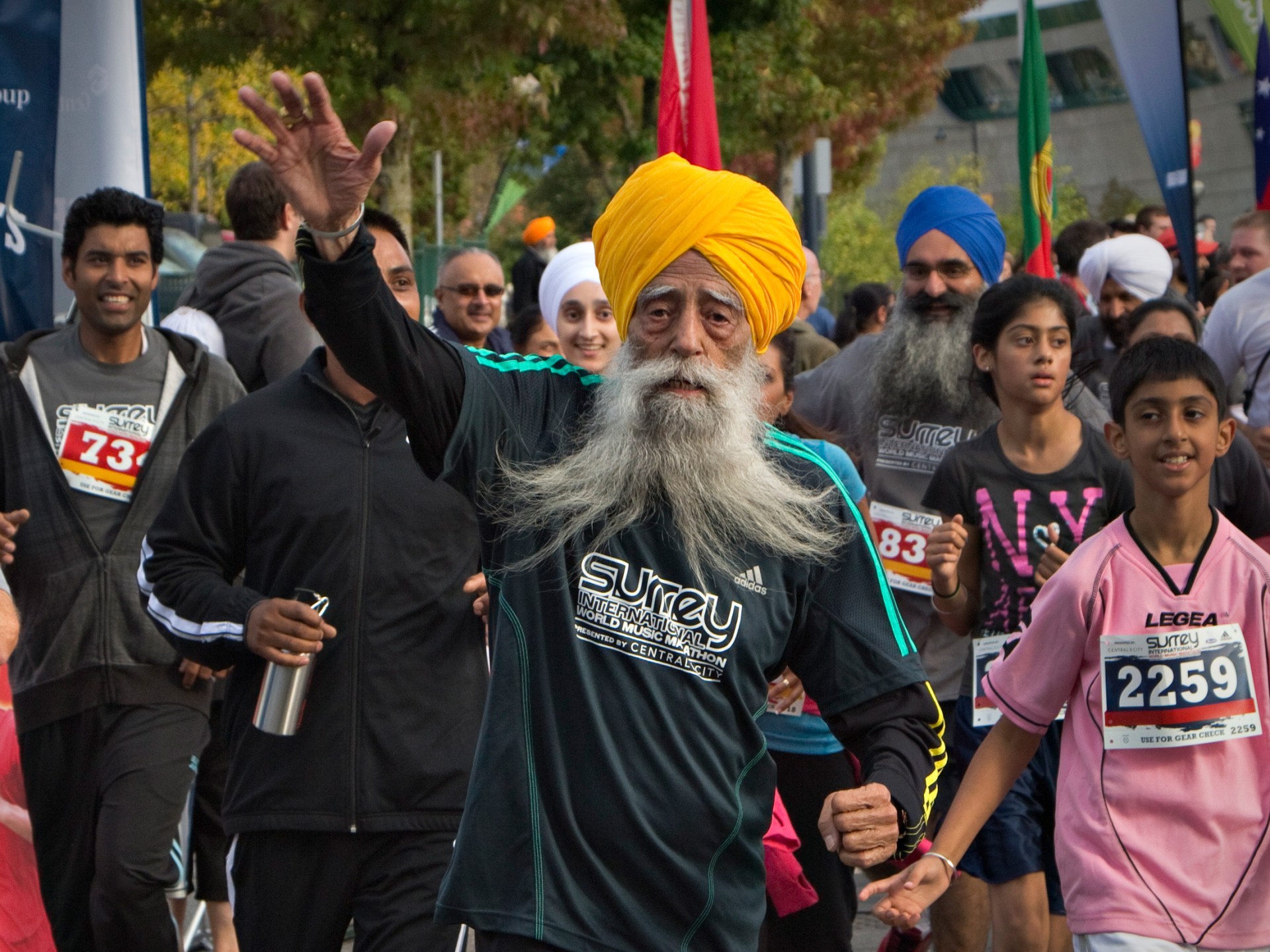
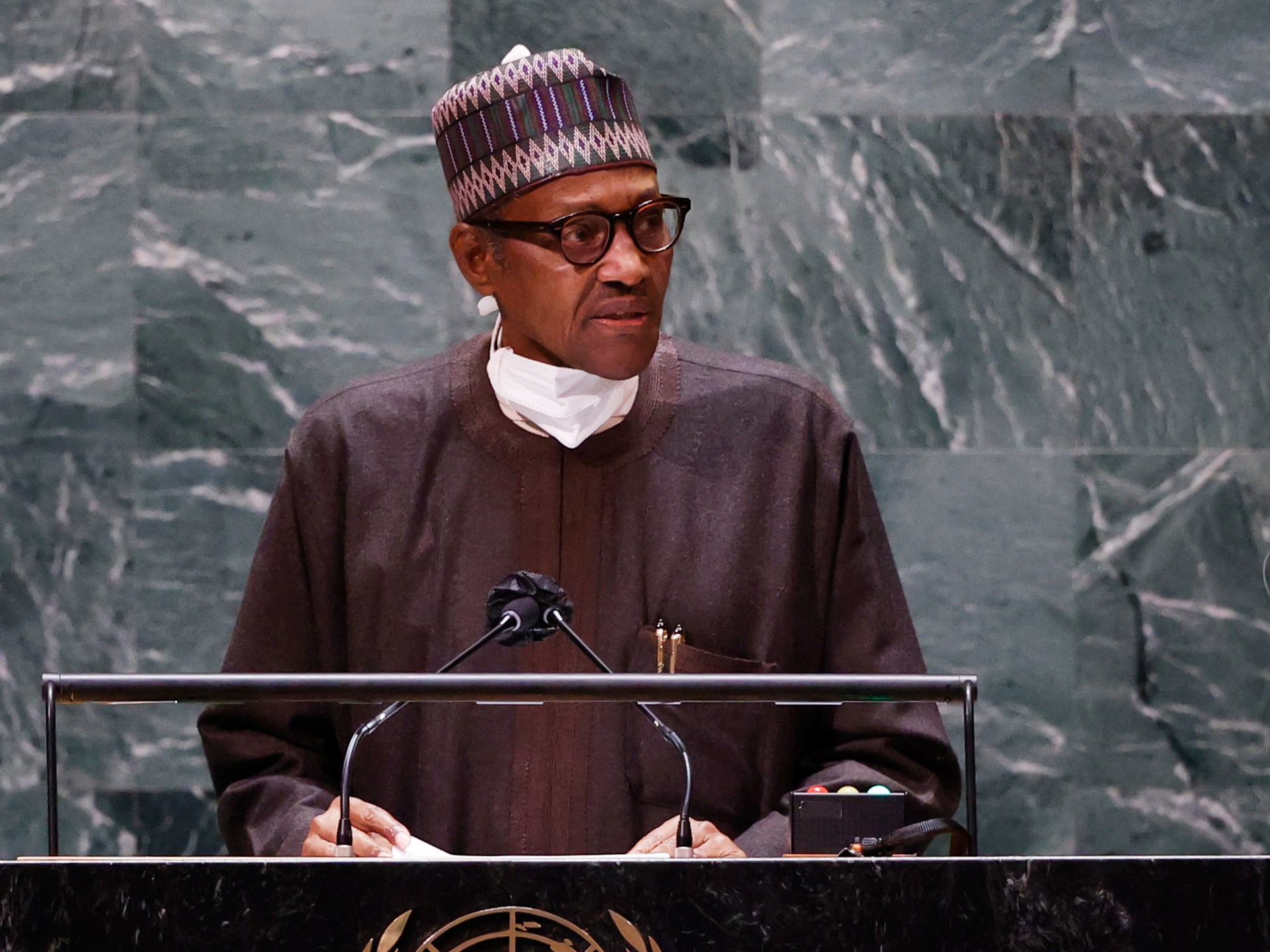

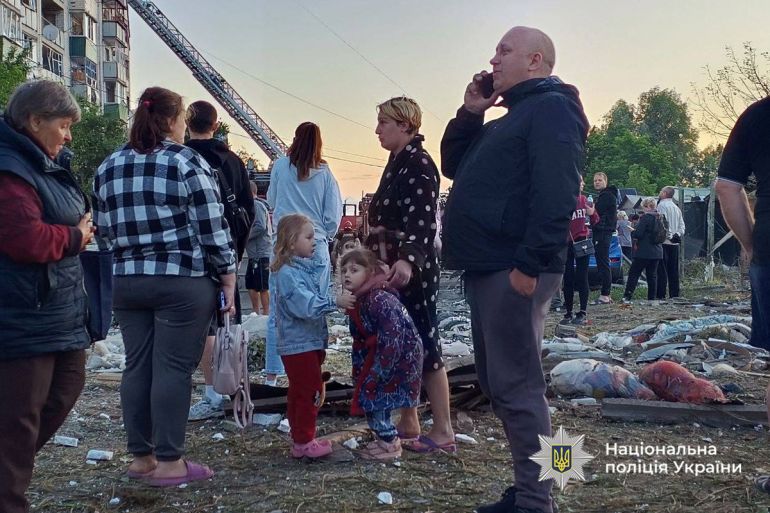



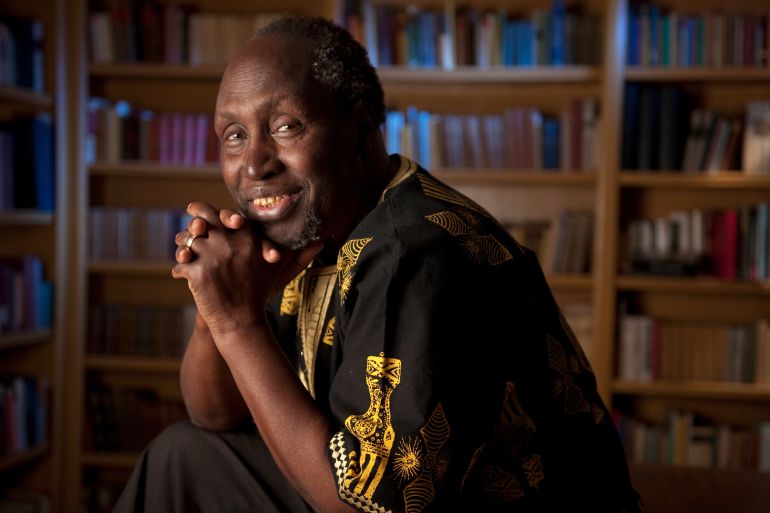
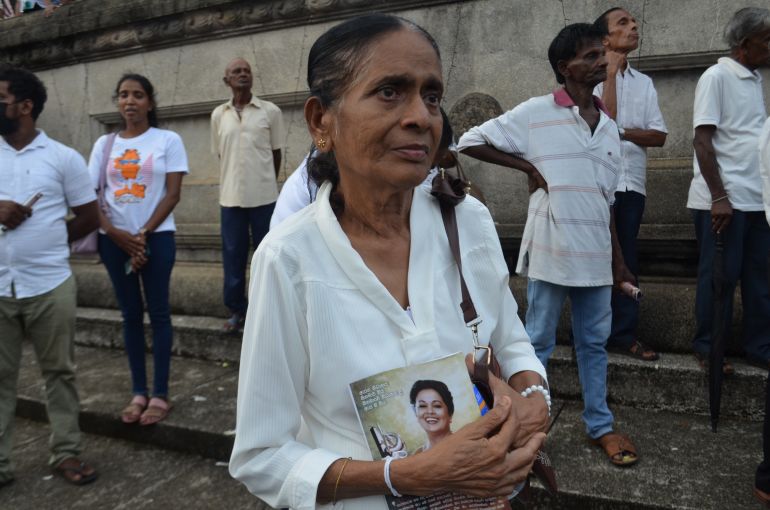
![Thousands of Sri Lankans gathered at Fonseka's cremation on Monday, May 25, 2025 [Jeevan Ravindran/Al Jazeera]](https://www.occasionaldigest.com/wp-content/uploads/2025/05/DSC_0049-1748411243.jpg)
![People carrying Fonseka's coffin to a specially erected cremation tower at Colombo’s Independence Square on Monday, May 25, 2025 [Jeevan Ravindran/Al Jazeera]](https://www.occasionaldigest.com/wp-content/uploads/2025/05/DSC_0032-1748411354.jpg)
